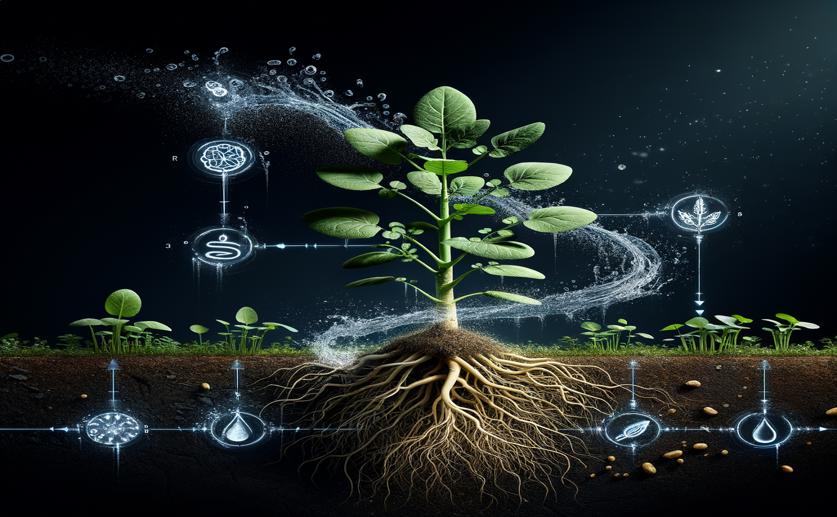
How Watering Affects the Nutrients in Fodder Radish
Jim Crocker
27th April, 2024

Image Source: Natural Science News, 2024
Key Findings
- Study at University of KwaZulu-Natal shows water stress impacts fodder radish's nutritional value
- Moderate water stress improved fodder radish's nutritional quality and digestibility
- Different radish genotypes respond uniquely to water stress, affecting protein and mineral content
NutritionPlant ScienceAgriculture
References
Main Study
1) Water regimes in selected fodder radish (Raphanus sativus) genotypes: Effects on nutritional value and in vitro ruminal dry matter degradability.
Published 30th April, 2024 (future Journal edition)
https://doi.org/10.1016/j.heliyon.2024.e29203
Related Studies
2) Comparative physiology of salt and water stress.
Journal: Plant, cell & environment, Issue: Vol 25, Issue 2, Feb 2002
3) Root system architecture, physiological and transcriptional traits of soybean (Glycine max L.) in response to water deficit: A review.
4) Deciphering physio-biochemical, yield, and nutritional quality attributes of water-stressed radish (Raphanus sativus L.) plants grown from Zn-Lys primed seeds.
5) Drought effect on plant nitrogen and phosphorus: a meta-analysis.



 3rd March, 2024 | Jim Crocker
3rd March, 2024 | Jim Crocker